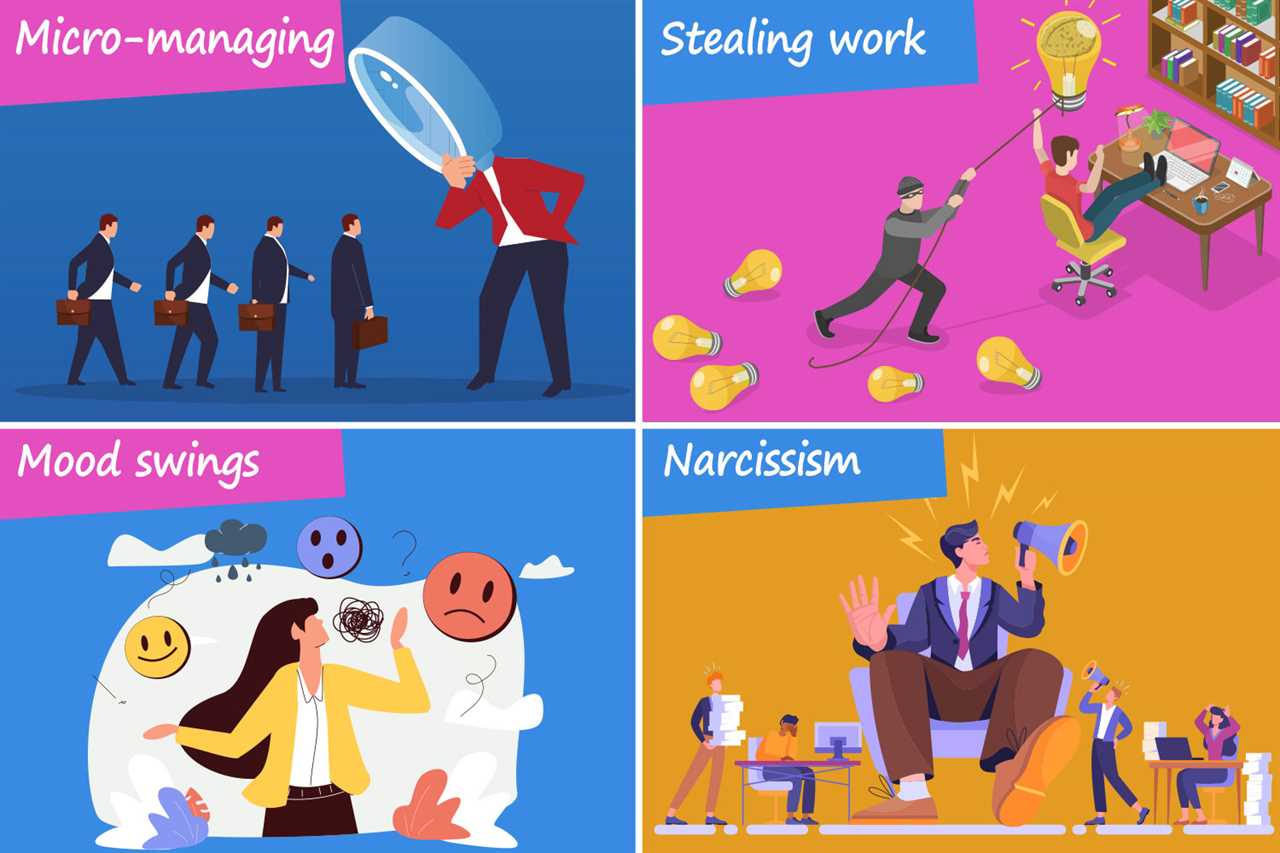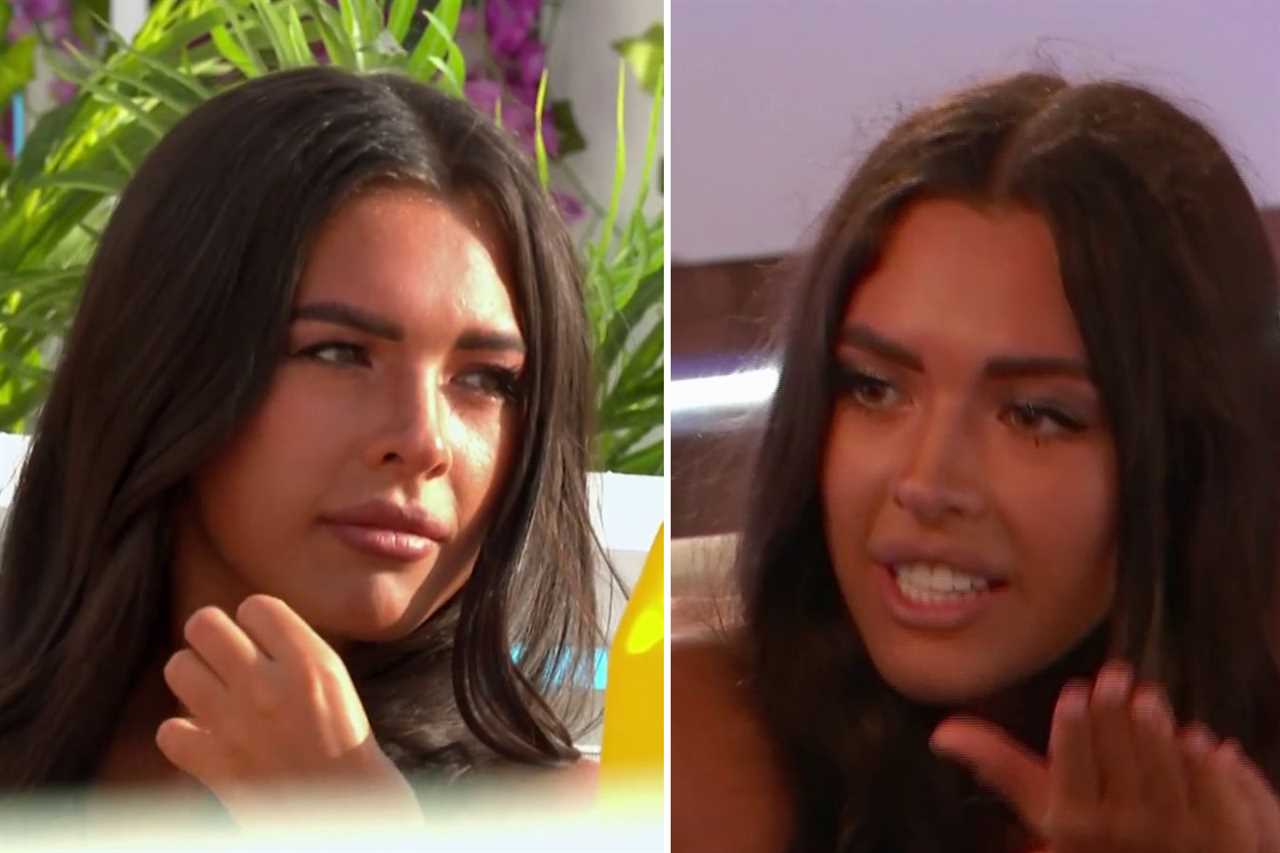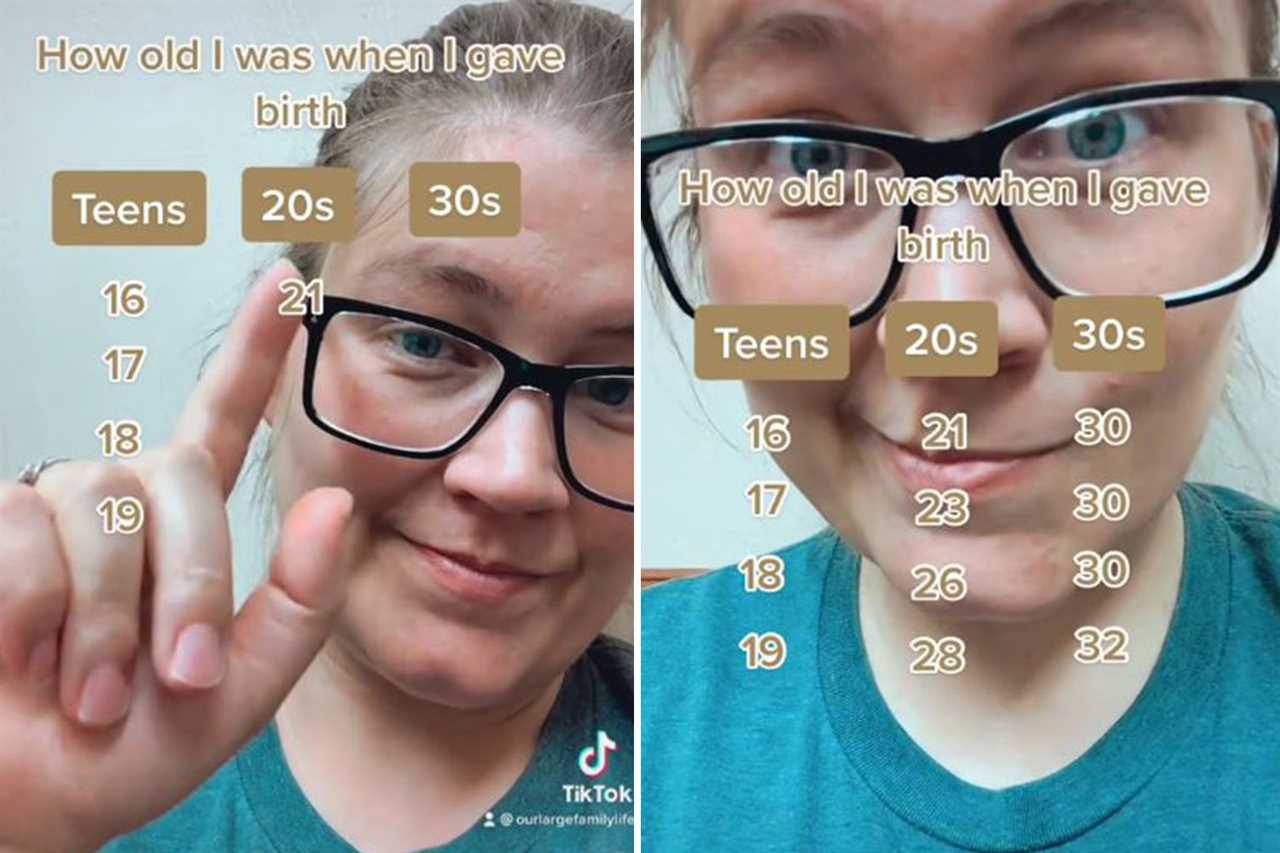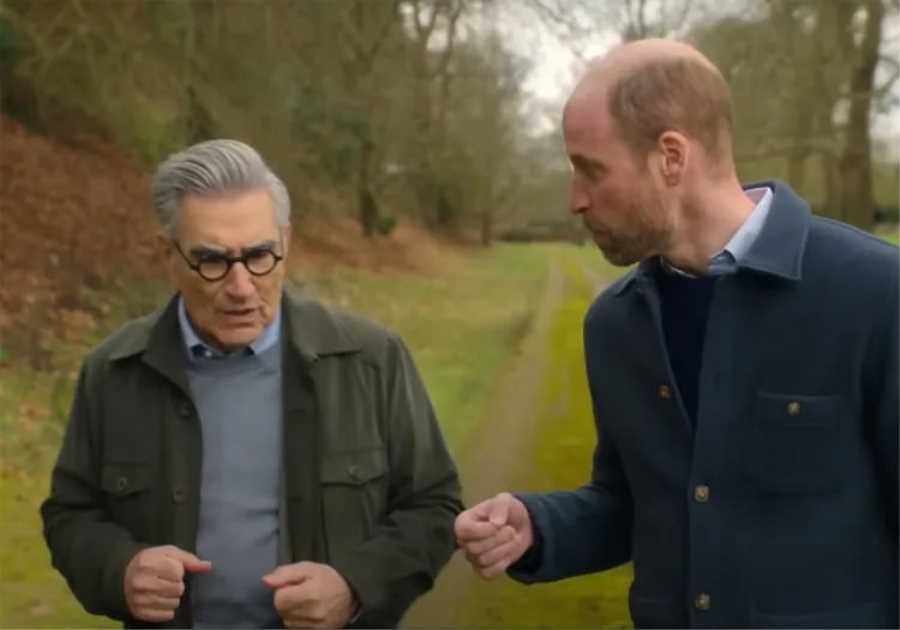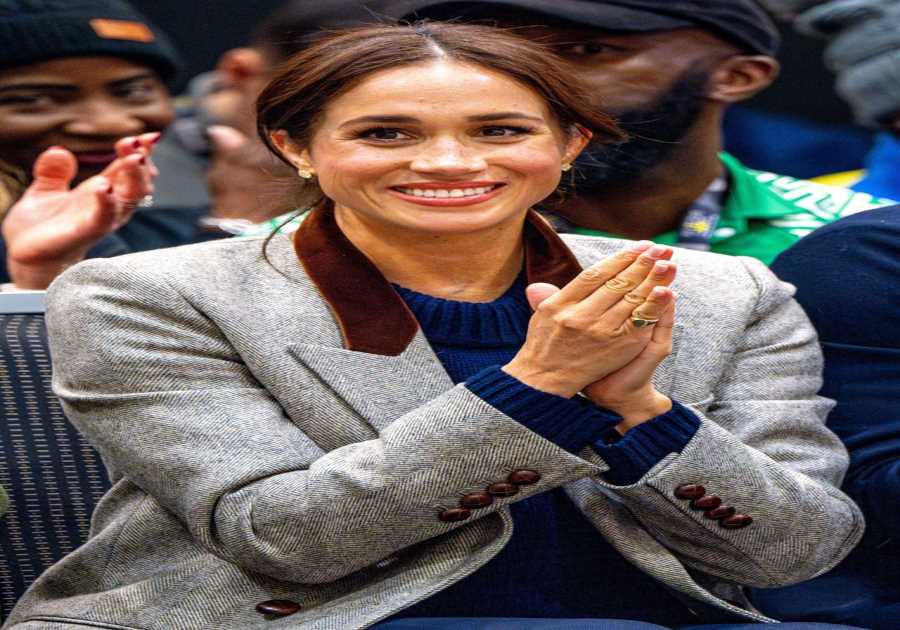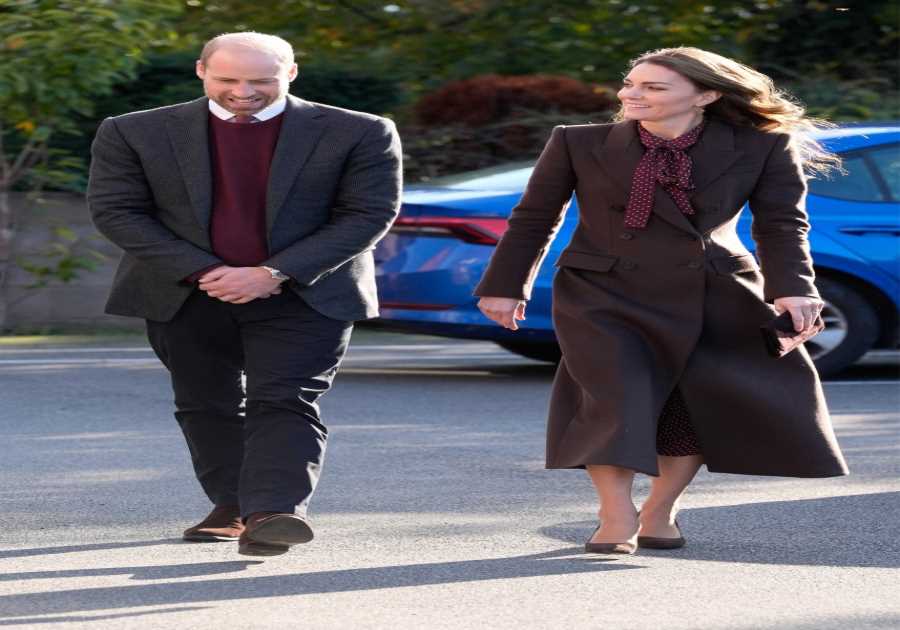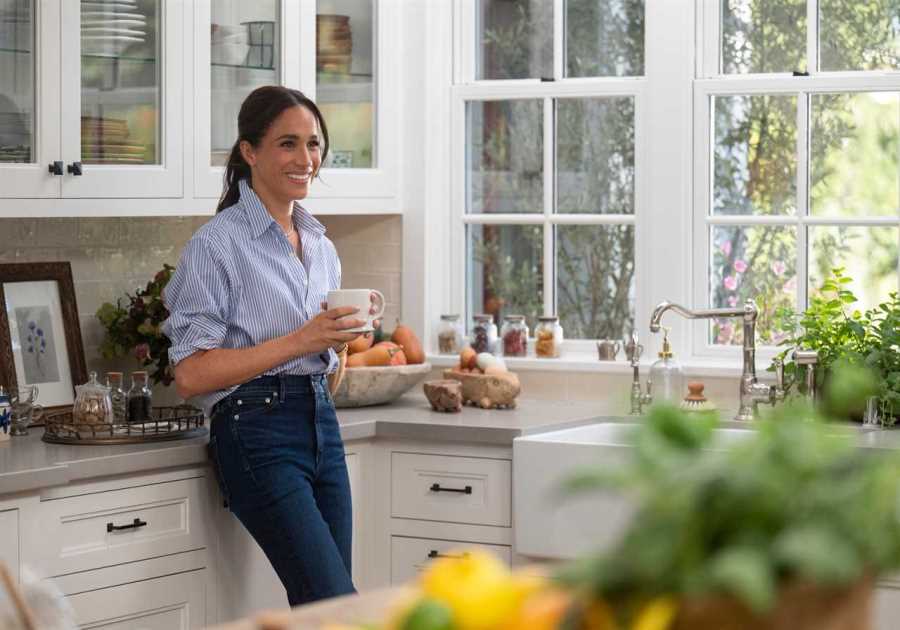WITH four days of very public appearances, the Platinum Jubilee weekend was one big parenting challenge for the Duke and Duchess of Cambridge.
Events like the parade and concert lasted hours, with the latter going on late into the evening after a royal visit to Wales during the day.
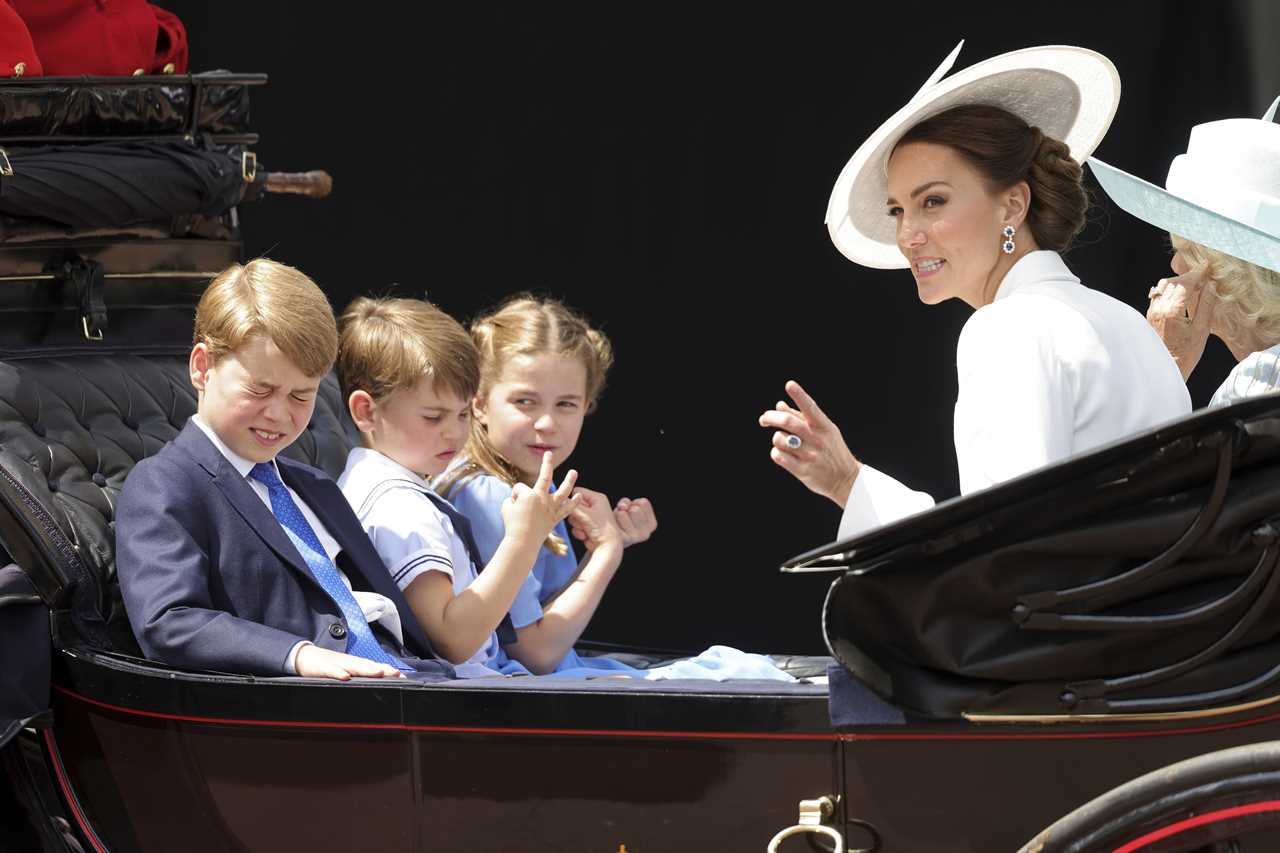
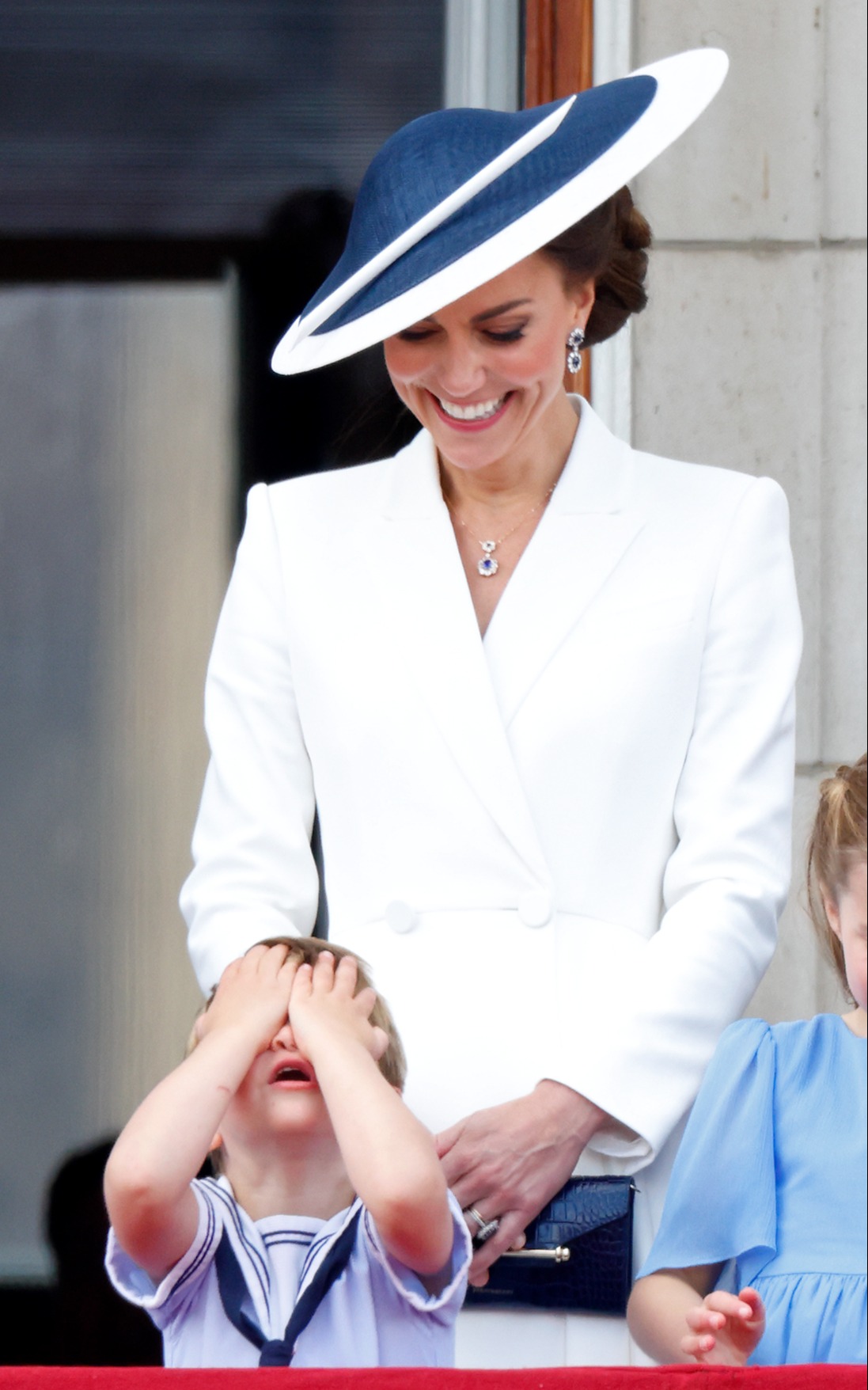
But between them, Prince William and Kate Middleton skilfully managed to ensure their three children – Prince George, eight, Princess Charlotte, seven and Prince Louis, three – were on their best behaviour (most of the time).
From expert planning to ensuring they allow their kids to act “normal”, body language expert Judi James reveals the subtle parenting tricks used by the future king and queen during the Queen’s Jubilee.
Calming signals
There was bound to be some anxiety before the Jubilee from William and Kate, and children are the “best readers of body language,” according to Judi.
More in Fabulous
For that reason, Kate and William took a “calm approach” with their brood.
Judi says: “Anxiety from the parent will transfer to the child, but luckily so can signals of calm.
“There were some small signals of anxiety that passed between William and Kate as they first stepped out onto the balcony on day one, but it was behind the children’s backs.
“Otherwise there were no signs of fussing, worrying, checking or negative anticipation, and this response seemed to avoid any moments of drama.”
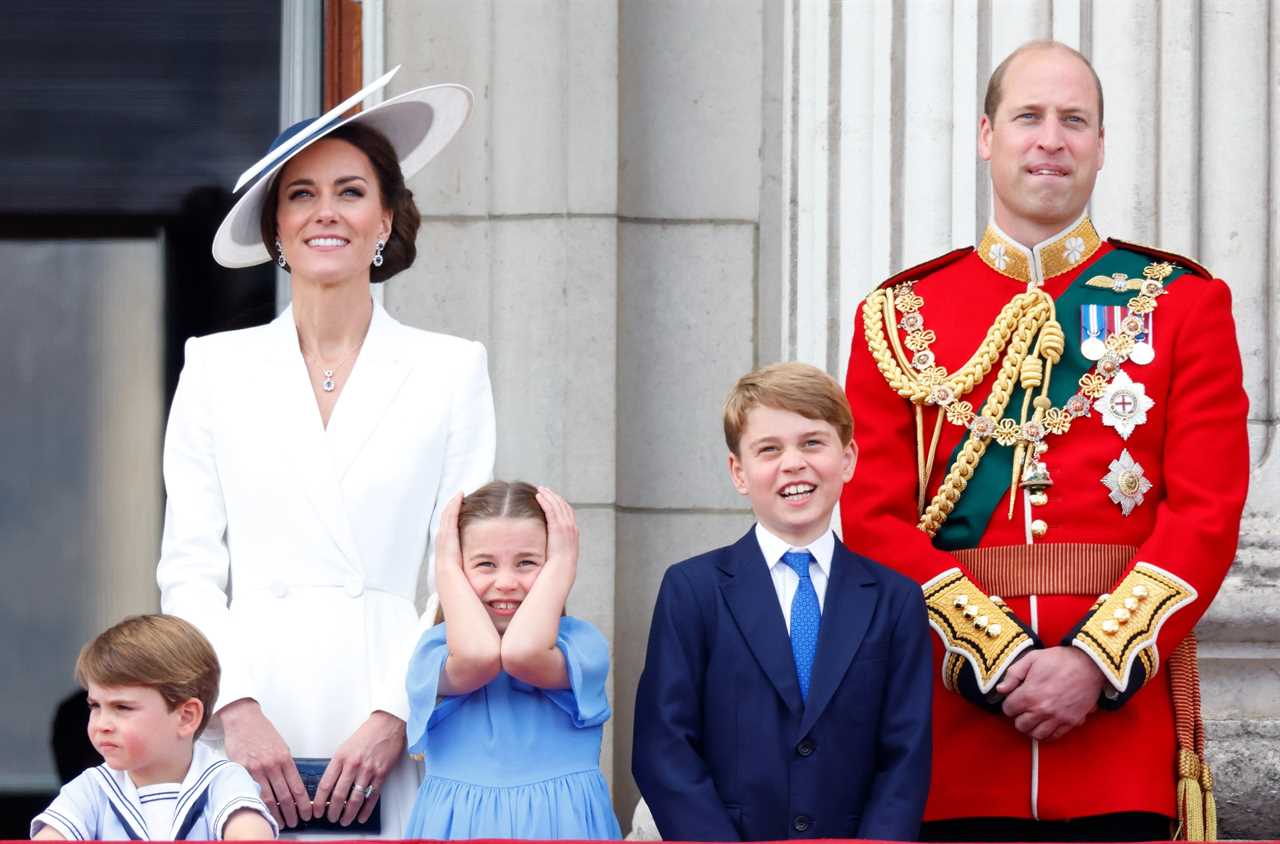
Judi adds that this is just one of the many ways William and Kate work as a team.
“They often exchange important-looking glances as they first appear with their children, suggesting tactics are being agreed in a non-verbal way,” she says.
‘Hands-off’ approach
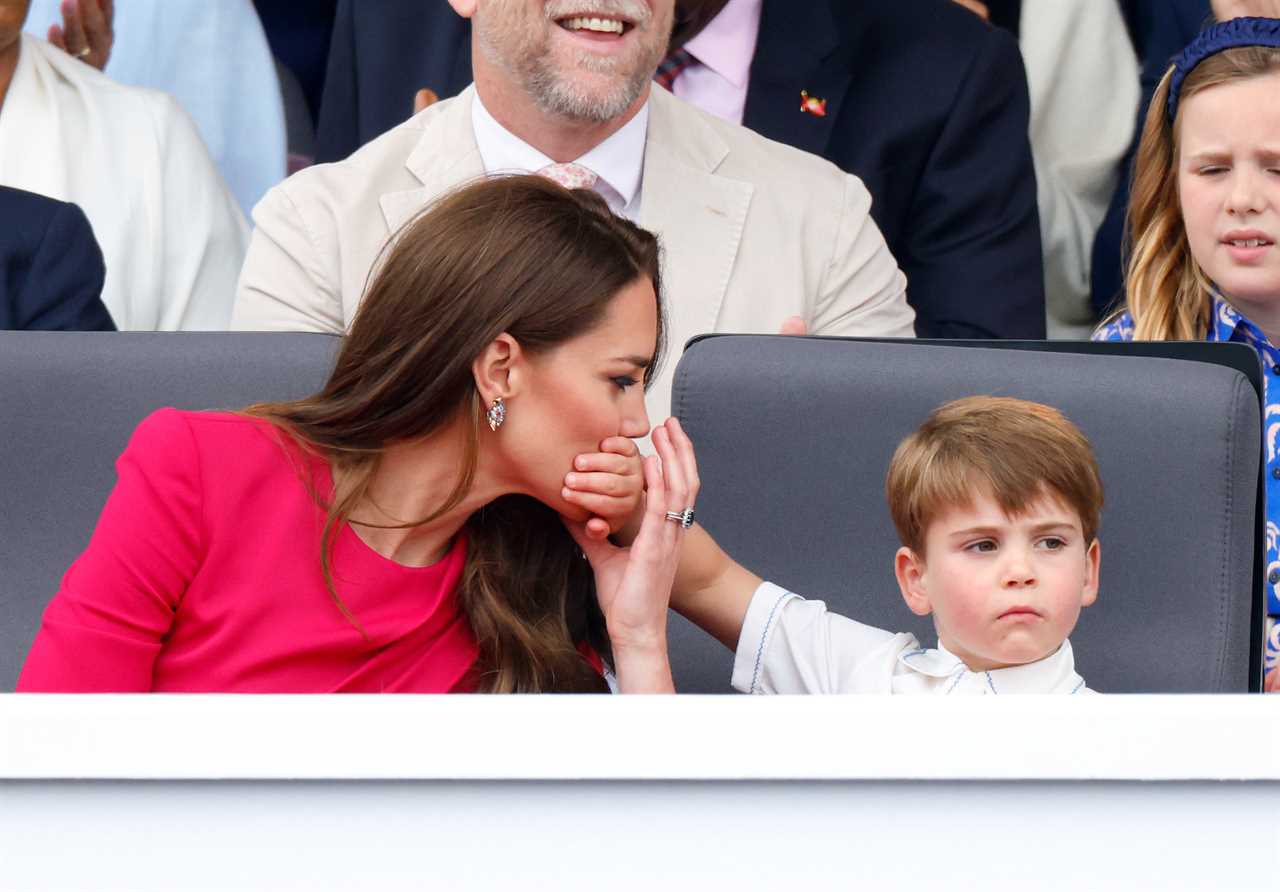
Throughout the long weekend cheeky Louis stole the show – from his antics on the balcony watching the flypast to shushing his mum in the royal box at the Platinum Party.
While many parents would baulk at Kate’s apparent refusal to reprimand her youngest, Judi says the Duchess has adopted a “hands off” approach.
“Children will tend to see or hear a suggestion but delete the word ‘don’t’ and just do it anyway,” she explains.
“So the apparent lack of pre-warning signals from Kate probably helped her keep control.
“She seemed to know how and when to stand back to encourage confidence and when to supply the small strokes and touches or reassurance when necessary.”
Judi adds that both Kate and William “use this predominately ‘hands off’ approach, knowing when to offer small tie-signs to boost the confidence of their two older children in particular”.
“The signs are subtle enough to feel subliminal to their children, rather than making them feel they are being pushed around and told what to do,” she says.
Allowing ‘normal’ behaviours
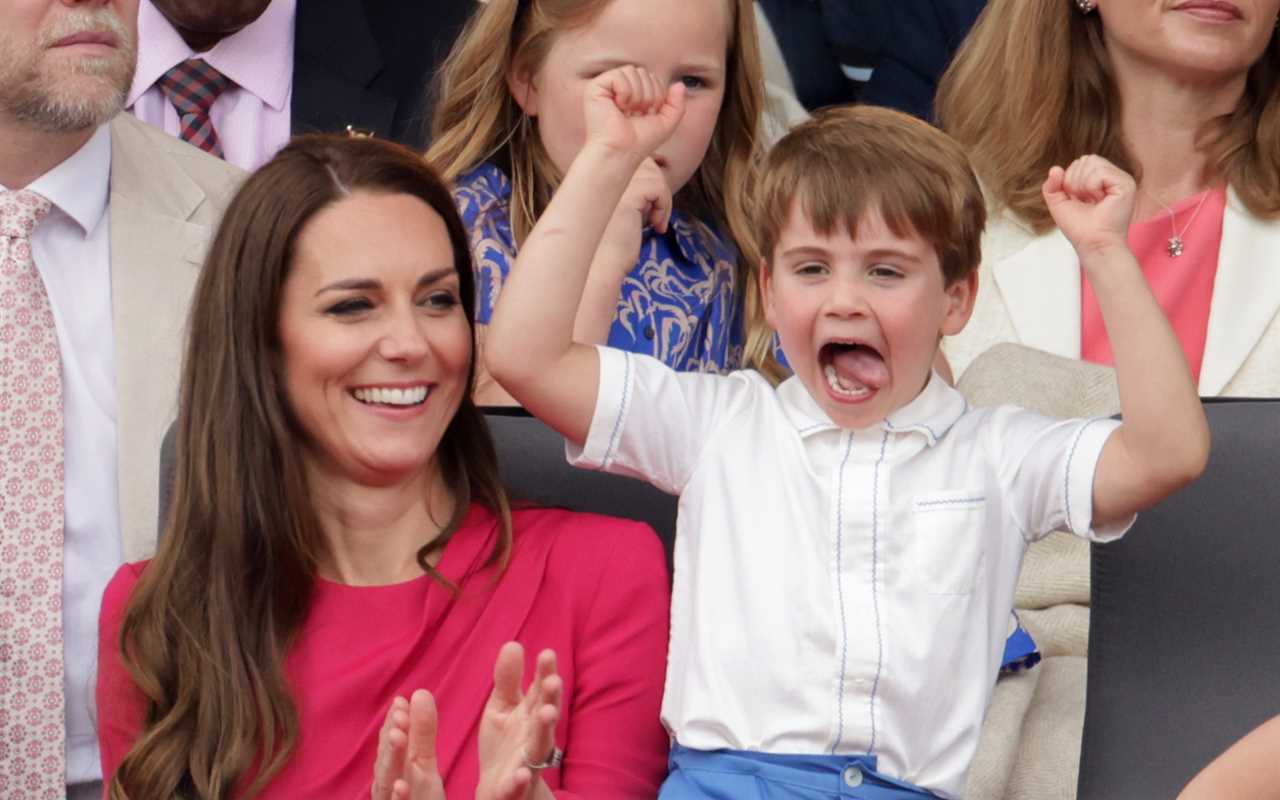
Despite their less-than-normal lives, Judi says William and Kate “look determined to allow their children to be as playful and spontaneous as possible”.
“In the past, there has been a sense of expected decorum from the older generation of royals,” she says.
“But the body language between the Queen and Prince Charles and George, Charlotte and Louis suggests these children are doted on and even allowed to be children in a way that previous generations never could.”
She adds: “Louis was happily active in the royal box, swapping laps and joking with Zara Tindall’s children behind him.
“There was no sense that he was getting disapproval from either parent or, equally importantly, his grandfather and his great-grandmother.
“All three children looked remarkably relaxed and comfortable in the Queen’s company and her responses showed how strong the bonds really are.”
‘On their level’
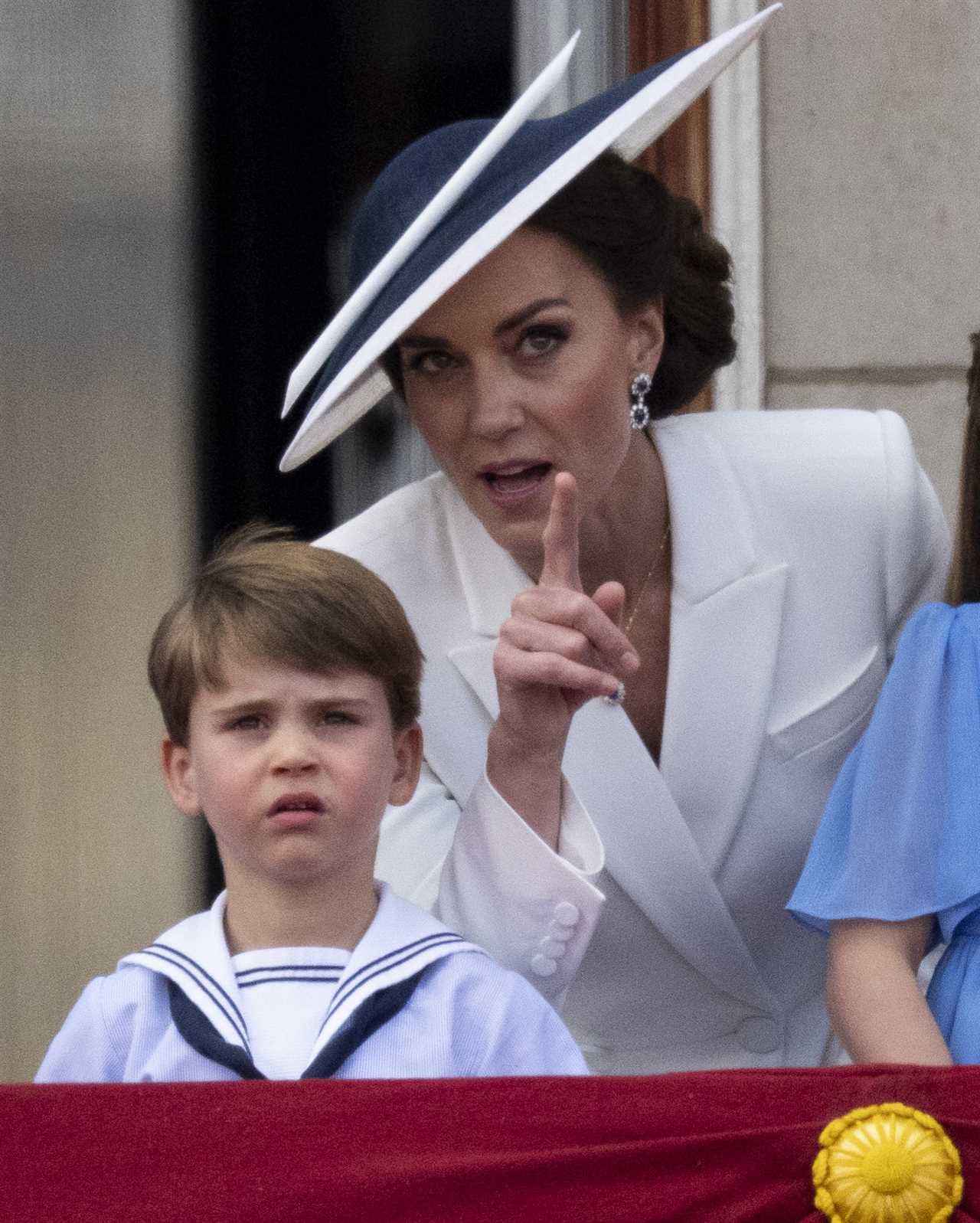
It can get quite overwhelming for kids and big events, as small children can get lost in a sea of legs.
But Judi notes how Kate often bends down to her children’s level to talk to them – as she was seen doing with Louis at the flypast.
She was also spotted bending down to chat to George and Charlotte when they visited Wales on Saturday.
“This creates a sense of confidence in them by giving them undivided attention for important moments,” Judi says.
Expert planning
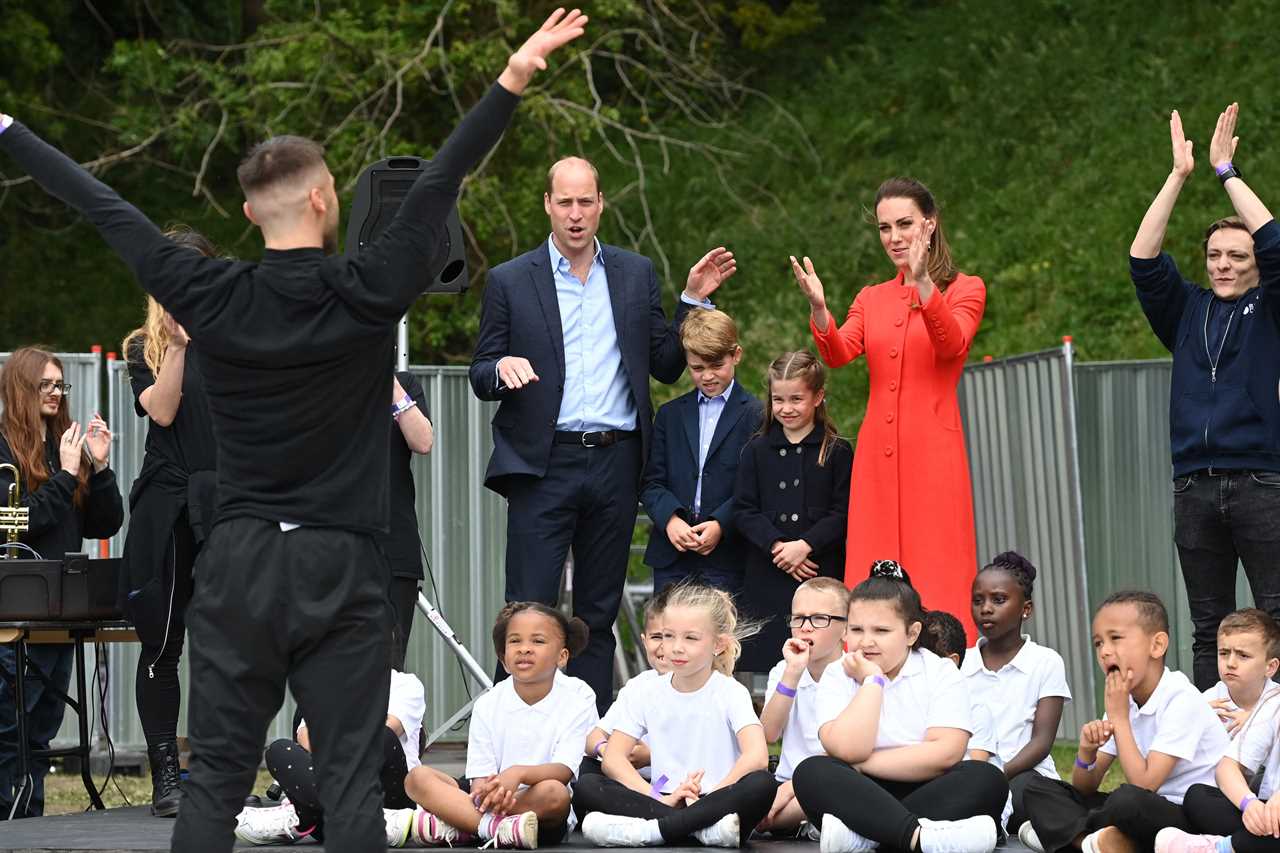
While Louis didn’t join his parents on their trip to Cardiff, George and Charlotte made surprise appearances and were seen constantly beaming and waving without complaint.
Judi says this would’ve taken expert planning skills and preparation from William and Kate.
She explains: “It was clear from Charlotte and George’s Welsh visit that the royal induction has been steadily on-going behind the scenes and that little Louis will probably get his turn as well.
“Both children seemed aware of when to smile and some very small nudges forward cued them into their meet and greets.”
Shared fun
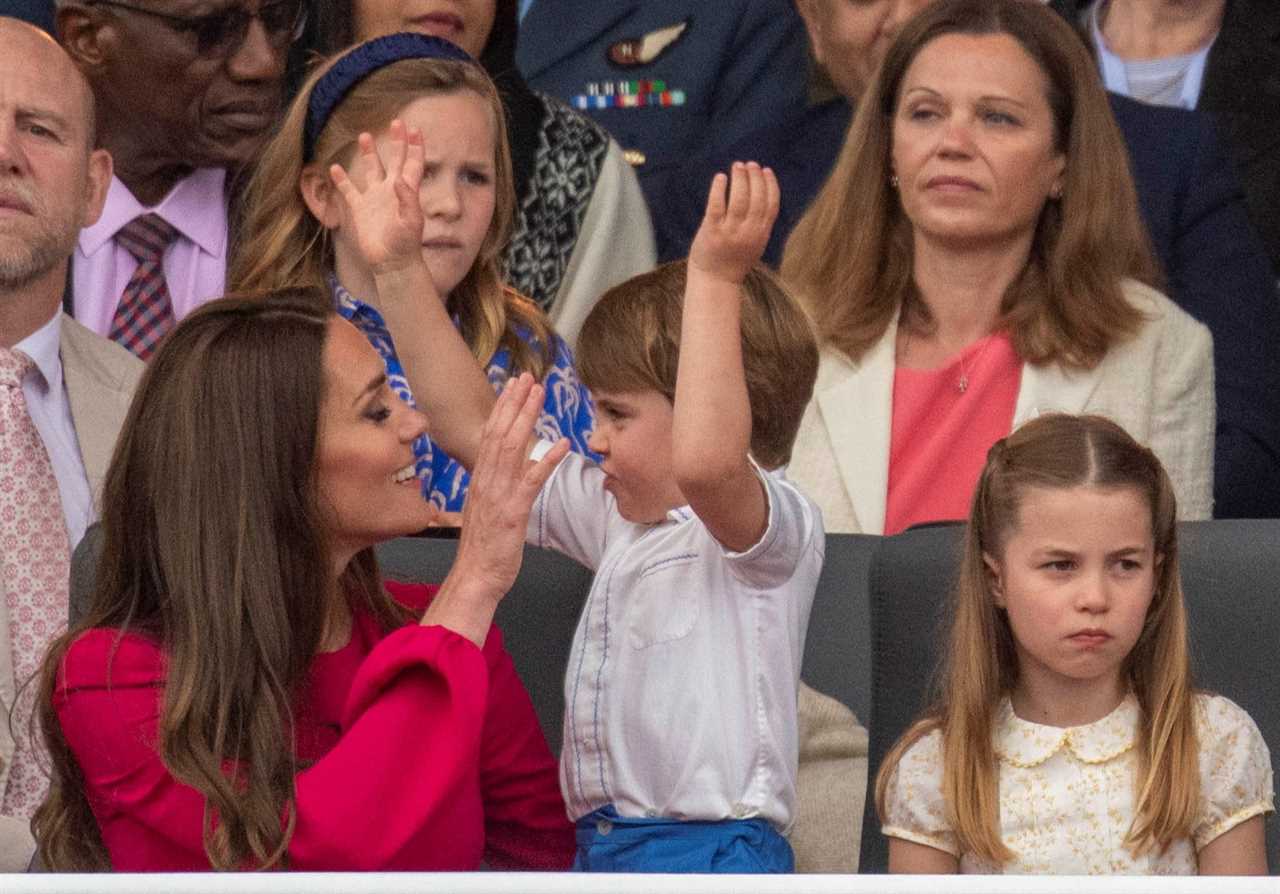
It could have been very boring for the three children to have had to sit still for hours on end over the four-day weekend.
But Judi says Kate focuses on the children enjoying themselves through leading by example.
She points out: “Kate conducting the band act in Wales encouraged Charlotte to join in, and she in turn encouraged her brother George.
“Kate tends to look playful with Louis too.
“She was laughing at his antics on the balcony and grinning at him in the royal box too, which seems to diffuse rather than challenge in a way that might cause tears.”
Looks of pride
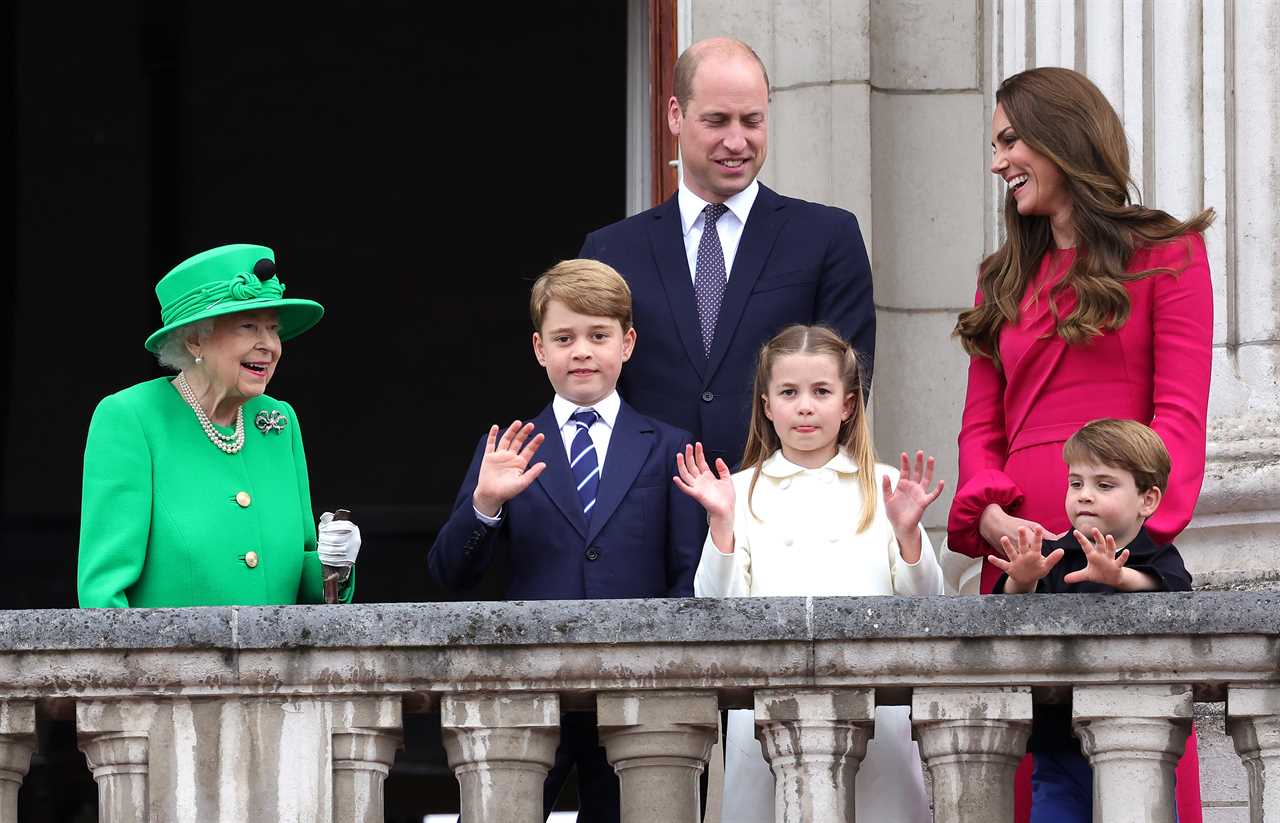
“William and Kate’s facial expressions towards the end of the weekend suggested total pride in their family unit,” says Judi.
She adds that this sense of pride rubs off on the children, and allows future king George to mirror his father – and, sometimes, even tell his dad how to behave.
She explains: “When the anthem was played on the balcony, the children stood easily to attention and held the pose.
Read More on The Celeb Report
“In George’s case, we even saw him taking the role of instigator of the rules over his father.
“William’s beam of pride widened at the Pageant when it was his son rising to his feet first and buttoning his jacket as the royal coach rumbled up, urging his dad to remember to follow suit in a touching role-reversal.”

